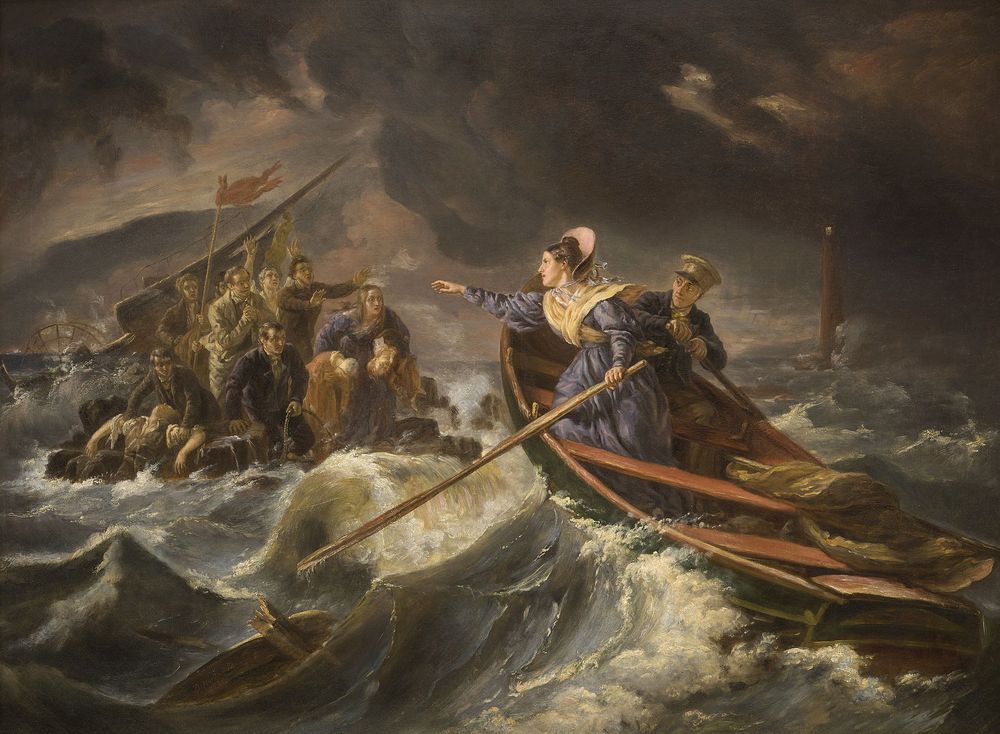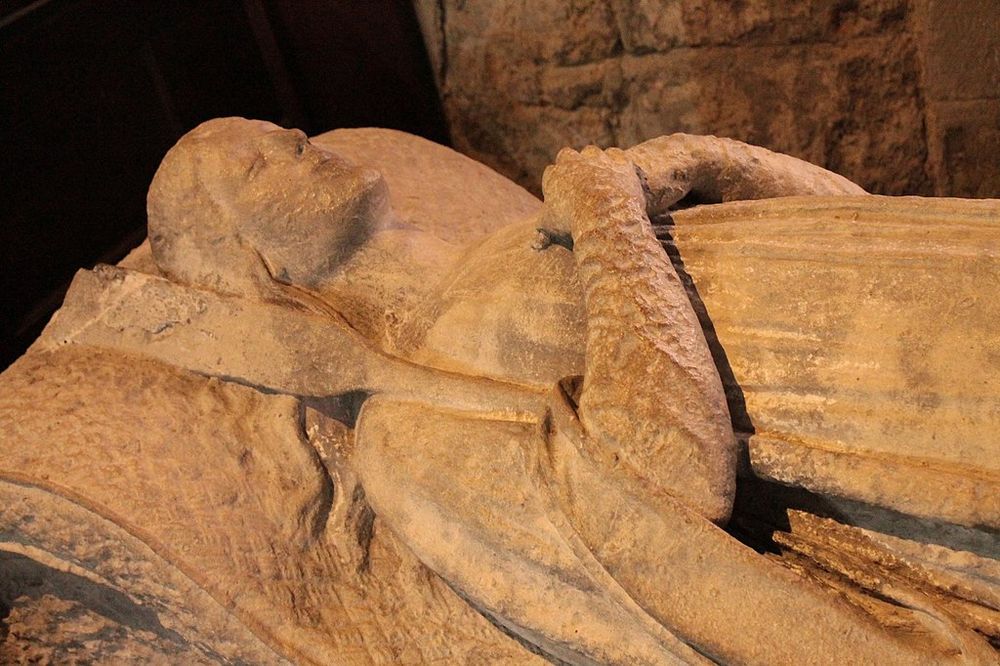Her name was Grace Darling, and she was the daughter of a lighthouse keeper.
Even today, Grace Darlings name invokes admiration among people who know her story.
Grace Darling at the Forfarshire by Thomas Musgrave Joy.

Grace Darling was born on 24 November 1815 in Northumberland.
So in 1826, the family moved to the newly constructed lighthouse on Longstone Island.
Longstone Lighthouse had better accommodation, but the island itself was slightly less hospitable.

Grace Darling by Thomas Musgrave Joy.
TheForfarshirehad recently undergone a series of repairs on her boiler that was not completed resolved.
No sooner had Forfarshire started her journey, the ships boiler began to trouble her once again.

That night, the boilers finally gave way and the engine stopped.
With a storm brewing over the horizon, the captain hosted two sails that were reserved for emergencies.
Instead they were drifting closer and closer to Longstone Lighthouse which was surrounded by dangerous rocks.

Painting of Grace Darling rescuing survivors of Forfarshire by Charles Achille d’Hardiviller.
Forty-three passengers and crew, including the captain and his wife, perished.
News of the rescue spread quickly, and Grace won great admiration from far and wide.

Queen Victoria herself wrote to Grace praising her conduct and awarded her 50 for her courageous actions.
Her image and name were even used to sell chocolates and soap.
Depictions of Grace mid-rescue began to adorn trinkets, tea-caddies, plates, postcards, and girls annuals.

These mass-produced mementoes enabled her story to pervade households across the country.
A chocolate bar featuring an image of Grace Darling.
Photo:Benjobanjo23/Wikimedia
Effigy of Grace Darling at St Aidan’s Church, Bamburgh.
Grace Darling died four years later from tuberculosis.
She was buried in the churchyard of St Aidan’s Church, Bamburgh.